When we talk about driverless technology, the go-to companies are usually Waymo, Uber, or Tesla. However, traditional automakers like Ford and GM are also staking claims to the driverless and advanced driver assistance spaces.
According to a report by Navigant Research, Ford is considered the top company in the driverless game, especially when it comes to strategy. USA Today reports that could be due to the massive investments Ford has made in autonomous vehicles, such as a $150 million investment in LiDAR technology with Baidu, and putting $1 billion into their subsidiary Argo AI, a self-driving tech startup.
The Navigant report took several aspects of the business into account when figuring out the lineup:
Scoring is based on an assessment of each company in terms of how established and comprehensive its current deployment of advanced driver assistance systems (ADAS, the building blocks of automated driving) is; what public announcements it has made regarding the next generation of self-driving features; and how committed it is to the longer-term goals of automated vehicles.
So, why Ford?
"Many traditional OEMs were initially skeptical about the commercial prospects for automated driving," USA Today quotes the Navigant report as saying. "Most notable was Ford under its previous CEO Alan Mulally, who frequently spoke publicly about how people actually enjoy driving. However, through a combination of strategic investments and development of supporting business models, Ford and other OEMs have begun to move to the forefront."
General Motors came in close second, noted more for its execution of self-driving technology than Ford, likely due to their purchase of Cruise for $1 billion one year ago. Based on recent test drive videos, Cruise is well on their way to Level 4.
Waymo, Google's self-driving program, came in seventh, reportedly because of Navigant's lack of enthusiasm for the company's production strategy and sales plans. Navigant's reports focus heavily on strategy and execution, which is why companies like GM and Ford, whose strategy and execution Navigant favors highly, came out on top. How Waymo is going to roll out its technology is still a big question mark. Will they sell it to consumers? Partner with other services and automakers? Or create a Uber-like transportation as a service model?
Surprisingly, Tesla and Uber were ranked even lower, coming in 12th and 16th, respectively. Uber's program has had quite a controversial year, not the least of which includes being sued by Waymo for allegedly using stolen LiDAR technology.
A 2015 report from Navigant also focused on the OEMs as automation leaders, naming Daimler, Audi, BMW, and General Motors at the head of the automated pack at the time.
This could be due to using ADAS as a ranking determinator for these leaderboards, which seems to skew the field and inordinately punish up-and-comers in the field, as well as those who are skipping lower-level autonomy and piecemeal automated driver assistance features in their vehicles. Companies like Google's Waymo aim to jump straight to higher-automation levels, without messing around with various ADAS systems along the way, or put out cars with less than level 5 capabilities. They're building cars that wouldn't require any human intervention, and after millions of miles driven, are well on their way to being the top of the heap. But given their test runs aren't likely considered "current deployment" of ADAS technologies, they're lower on the Navigant scale.
One of the big questions raised about report like this, which focus on level 2 and 3 ADAS systems like SuperCruise, is if these technologies are actually relevant for reaching higher level fully-automated cars. There's a fair bit of discussion around this issue, but it could start to really divide the pack sooner rather than later. Companies who are skipping lower level semi-automated systems may have a leg up in the future when others realize that these technologies aren't enough to get fully driverless.
Ford has announced back in February that its planning to skip level 3 entirely and the aim is to get a Level 4 car on the road in 2021. While this is worthy goal, especially given their test drivers' propensity to fall asleep behind the wheel, the technology to make that jump is still being developed. Hopefully Ford's LiDAR and other technology investments are up to the challenge.
Just updated your iPhone? You'll find new emoji, enhanced security, podcast transcripts, Apple Cash virtual numbers, and other useful features. There are even new additions hidden within Safari. Find out what's new and changed on your iPhone with the iOS 17.4 update.
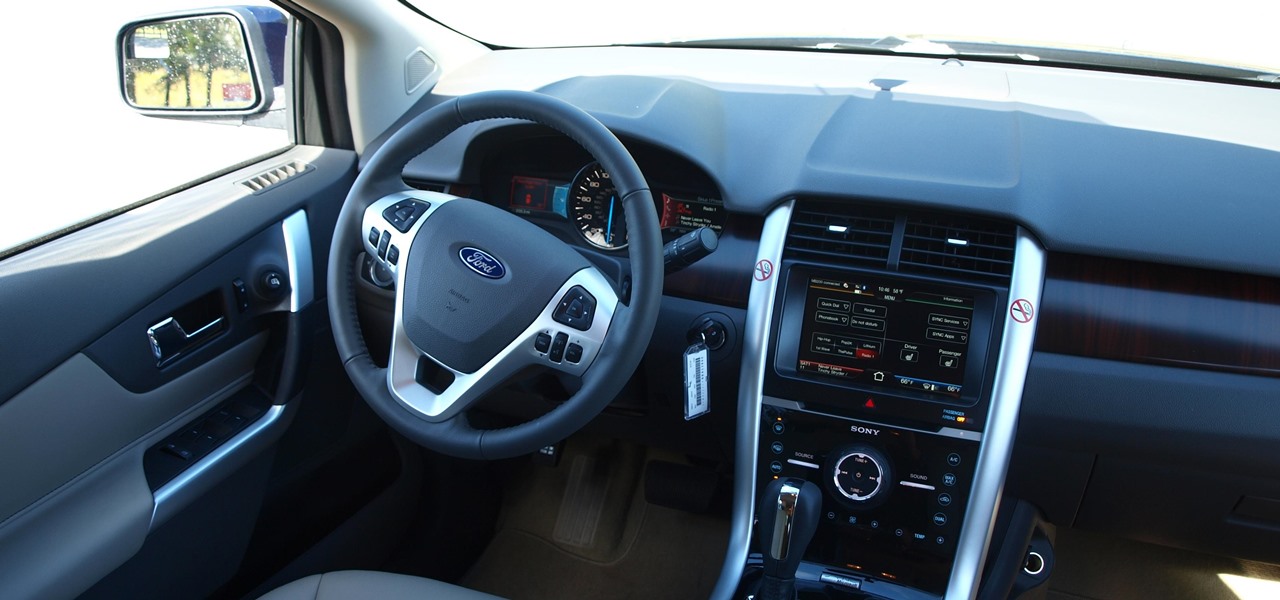




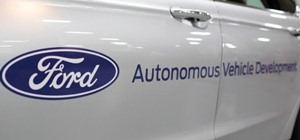



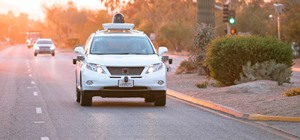
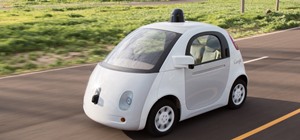
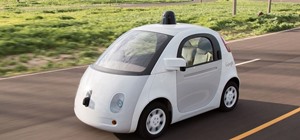
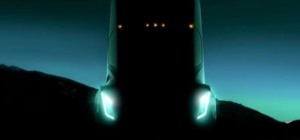
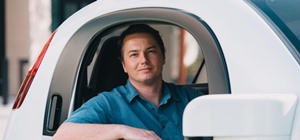
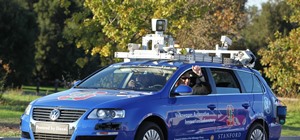


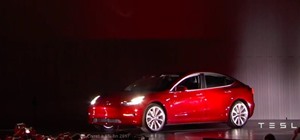



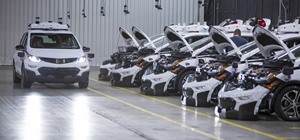
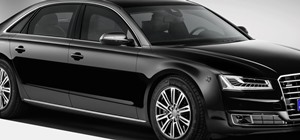
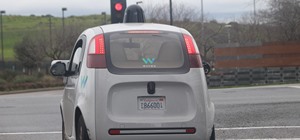

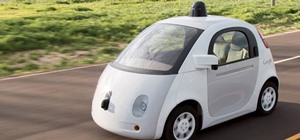
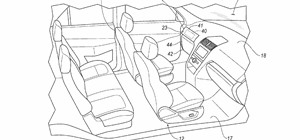

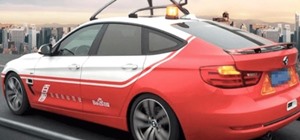
1 Comment
Hey Jake,
Good read. A quick observation, though.
Waymo is already partnered with Fiat Chrysler.
Share Your Thoughts